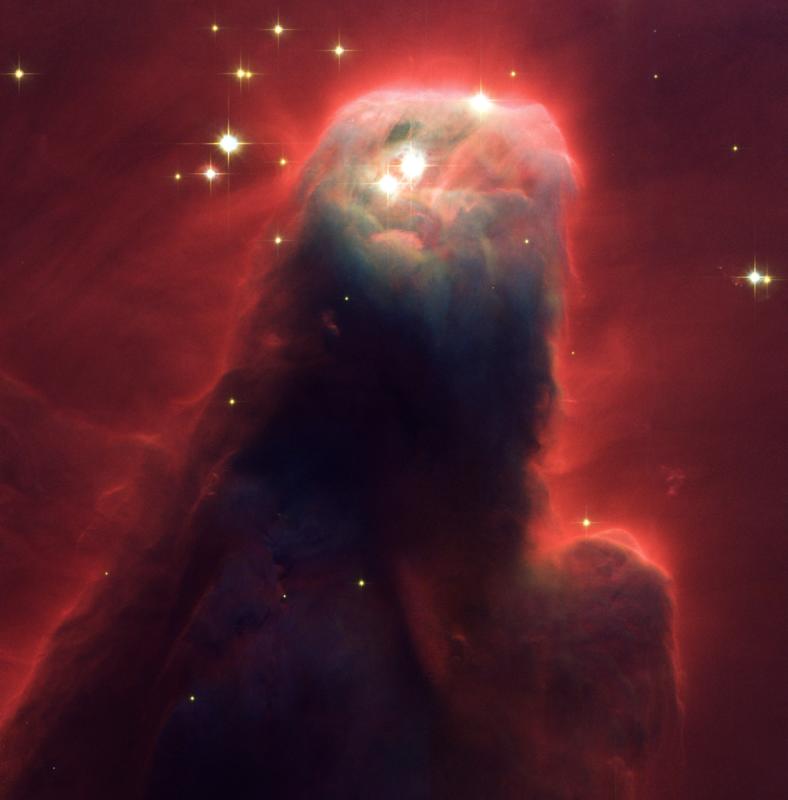Little Black Hole; Where’s the Limit?
By BellatrixTwo NASA scientists have found the smallest, or lightest weight, black hole ever yet discovered. The black hole is in the binary system, XTE J1650-500, which is in the constellation Ara in the southern hemisphere. The mass of the black hole is only 3.8 solar masses. This beats the previous record holder of 6.3 solar masses. The black hole was discovered earlier as part of the binary with a normal star and was known to be lightweight but its exact weight was not known until recently with the use of a new method.
This new method uses a relationship between the black hole and the inner part of the surrounding in falling gas and material. Hot gas piles up around the black hole as it falls in and heats up giving off x-rays. The x-ray’s intensity varies in a regular pattern, called the quasi-periodic oscillation, or QPC. Astronomers discovered the congestion zone is closer to smaller black holes and therefore makes the QPC change more quickly. To measure the black hole masses, astronomers used archival data from RXTE, which has made exquisitely precise measurements of QPO frequencies in at least 15 black holes. Using this method they measured the mass of XTE J1650-500 as 3.8 solar masses with a margin of error of only half a sun.
This value is well below those measured for other standard black holes. Now there is a threshold value below which a dying star will become a neutron star instead of a black hole. It is thought to be between 1.7 to 3 solar masses. However, with this new discovery and method of detection this boundary could be in question. This value is very important for fundamental astrophysics. This is because it’s hard to know exactly what happens when a star goes supernova, when a very large amount of mass is condensed to a very small size with high density. The more details we learn about this process in particular, the more we learn about physics in general. So while the study of super massive black holes may sound more exciting, studying the smallest of black holes may be more fundamental for our understanding of physics and matter.
